Optimal Timing for Concrete Installations
Concrete installations are influenced by weather conditions, temperature, and humidity. The optimal time for pouring concrete typically aligns with mild, stable weather to ensure proper curing and durability. Understanding seasonal variations helps in planning projects effectively.
Concrete performs best when temperatures are between 50°F and 85°F. Extreme cold or heat can affect curing times and strength development.
Spring and fall generally offer the most favorable conditions for concrete installation. Summer may require additional measures to prevent rapid drying, while winter demands special heating techniques.
Rain, snow, and freezing temperatures can delay or compromise concrete work. Planning around forecasted weather helps avoid project setbacks.
Proper curing is essential for strength and longevity. Mild weather supports optimal curing conditions, reducing the risk of cracking or weakening.
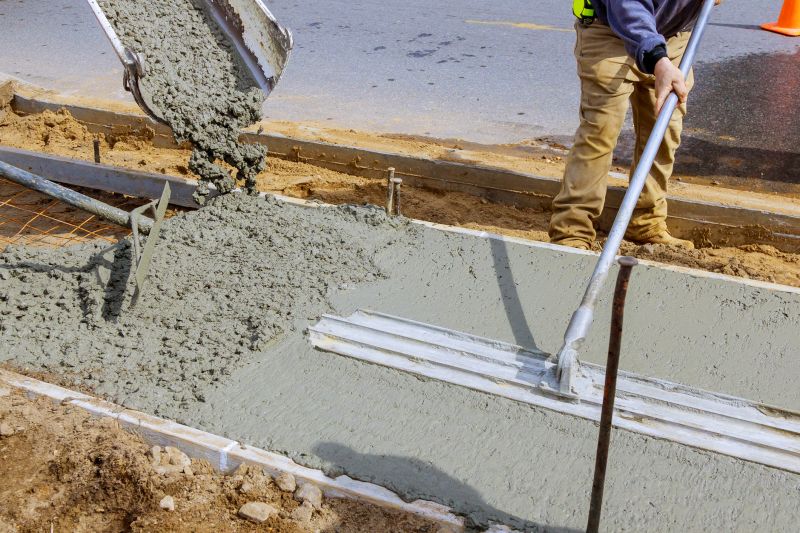
Ways to make Concrete Installations work in tight or awkward layouts.
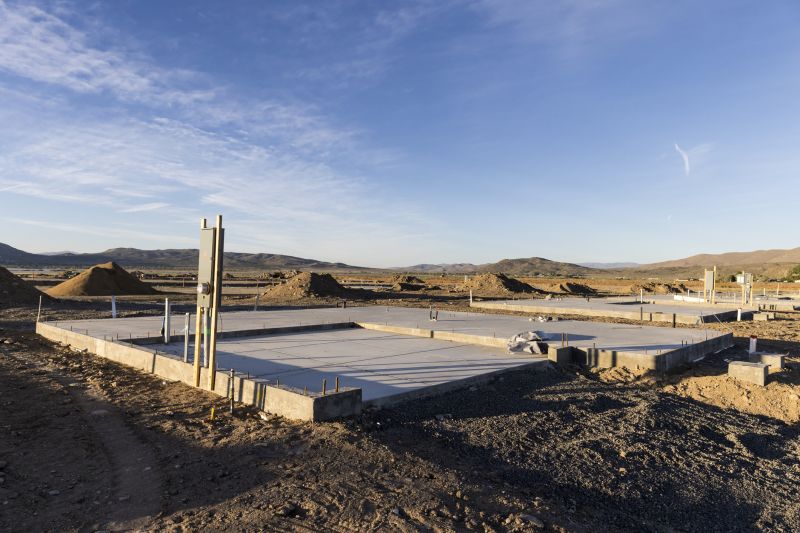
Popular materials for Concrete Installations and why they hold up over time.
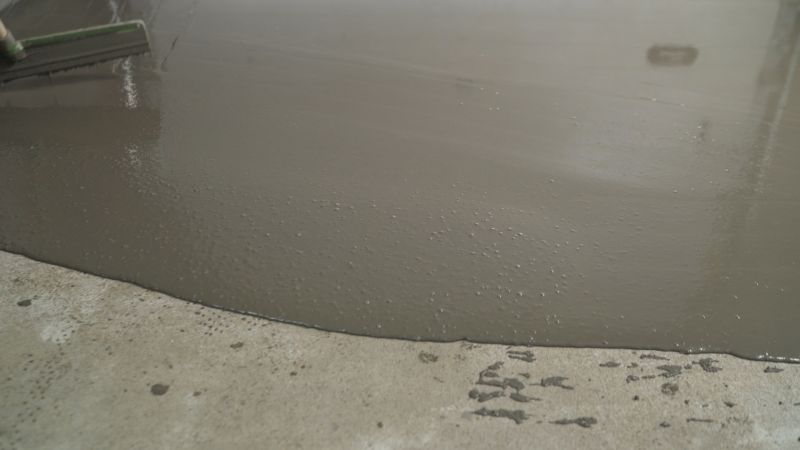
Simple add-ons that improve Concrete Installations without blowing the budget.
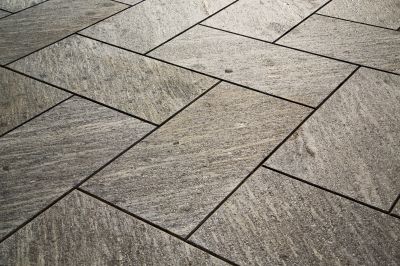
High-end options that actually feel worth it for Concrete Installations.
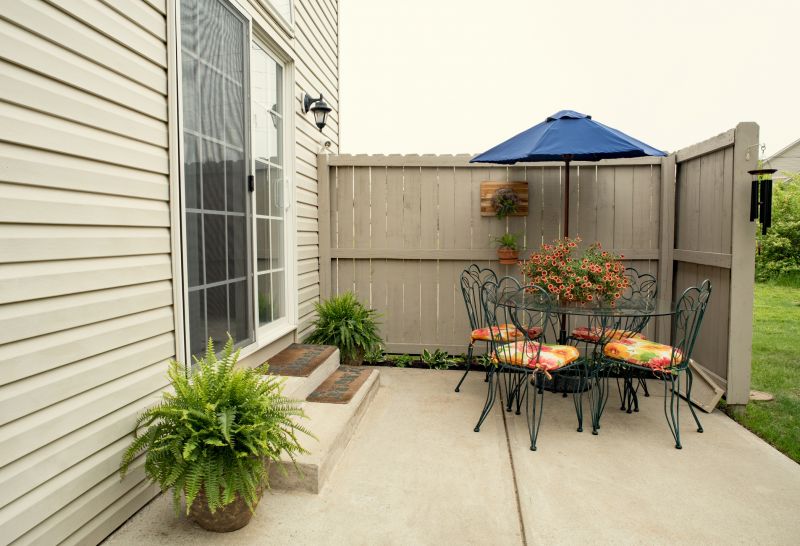
Finishes and colors that play nicely with Concrete Installations.
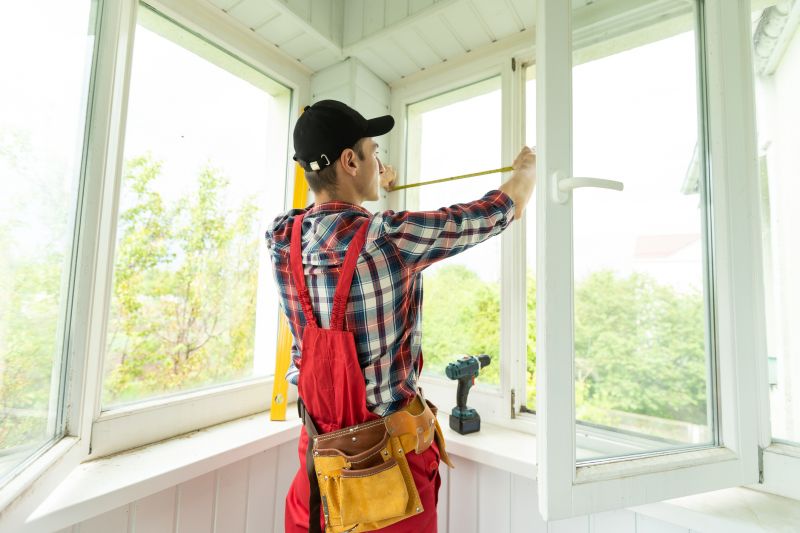
Little measurements that prevent headaches on Concrete Installations day.
| Season | Best Conditions |
|---|---|
| Spring | Moderate temperatures, low precipitation |
| Summer | Warm days with humidity control measures |
| Fall | Cooler temperatures, dry weather |
| Winter | Requires heating and protective measures |
| Late Fall | Potential for early frost, plan accordingly |
Concrete installations require careful timing to ensure optimal results. Proper planning based on seasonal and weather conditions can significantly impact the durability and appearance of the finished surface. Temperature control and weather monitoring are essential components of successful projects.
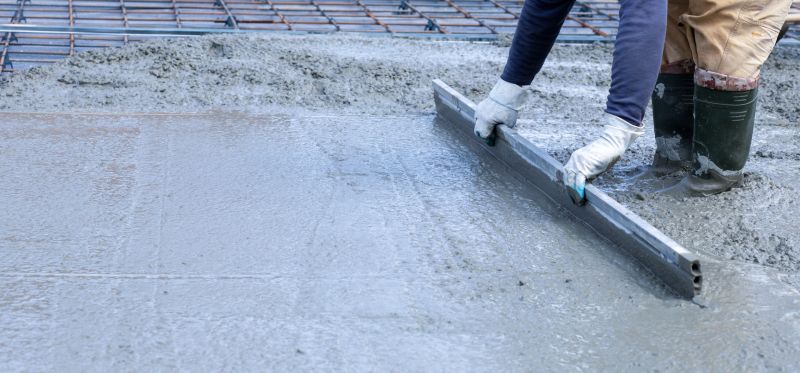
A 60-second routine that keeps Concrete Installations looking new.
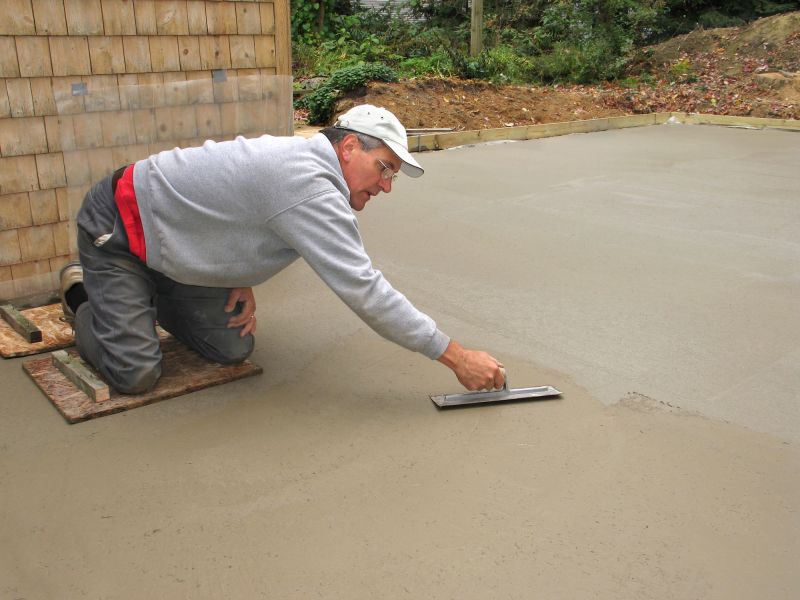
A frequent mistake in Concrete Installations and how to dodge it.
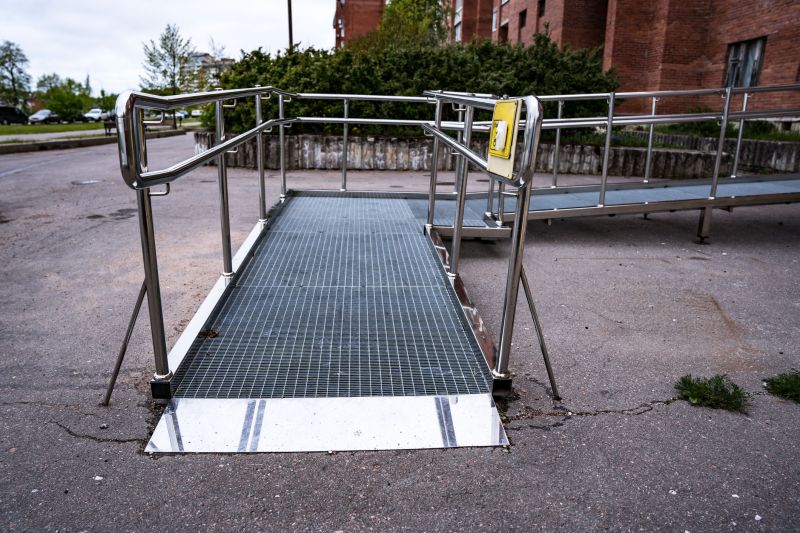
Small tweaks to make Concrete Installations safer and easier to use.
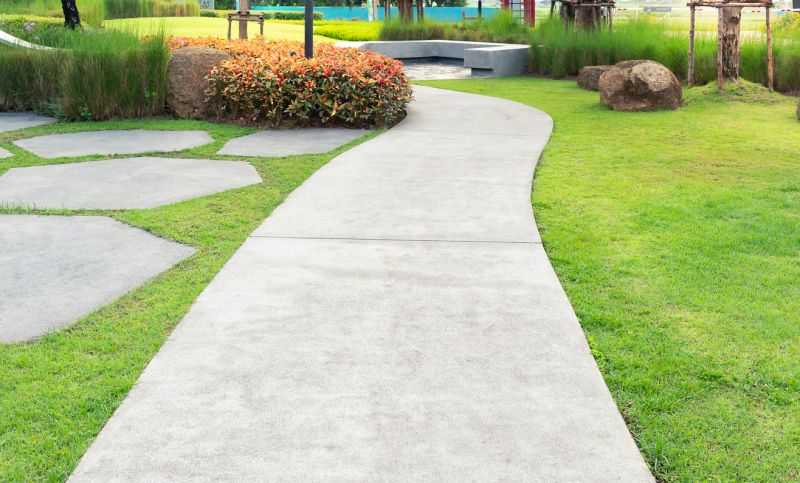
Lower-waste or water-saving choices for Concrete Installations.
Interested in concrete installations? Filling out the contact form can provide more tailored information and assistance for scheduling projects at the optimal time for specific needs.

